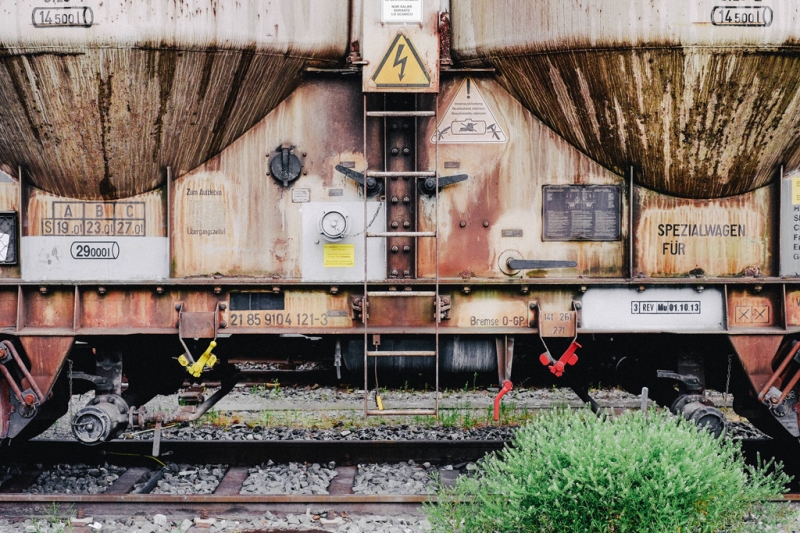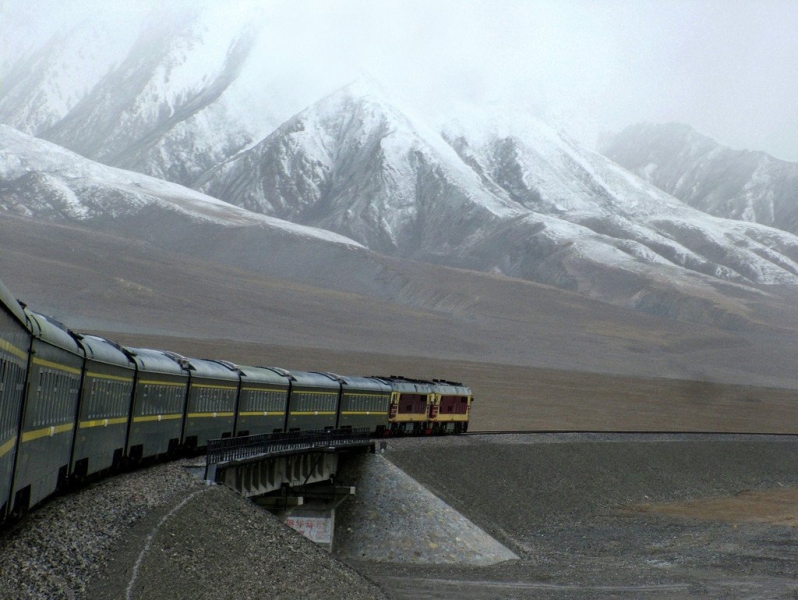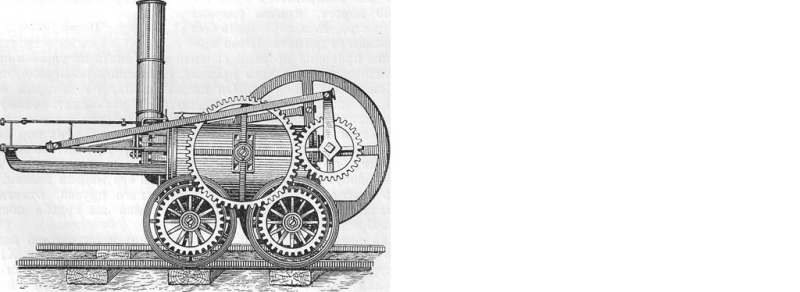
There is an opinion that the railway is so ordinary compared to a ship or an airplane. But this is not true at all.

Qinghai-Tibet Railway
For example, the Qinghai-Tibet Single Track Railway is the highest mountain highway on the planet, and from it you can admire the Tibetan landscapes of the “Roof of the World”. Just think, it stretches at an altitude of 5000 meters above sea level! No air or sea company can provide such romance. The carriages of this train are completely sealed, since the air outside the window is thin. At stops the train doesn’t even open the doors.

There is another no less amazing railway, it passes through a real market. When traders were asked to move the market, they refused. This is a place called Maeklong, 60 kilometers from Bangkok, where the market is located right on the railway tracks. Several times a day, food stalls are rolled up, awnings are twisted, and sellers scatter right in front of the nose of the moving train. But trade, it should be noted, still continues. Coins are thrown out of the train windows, and fruits and other products are thrown back into the windows. The main thing in this matter is speed and dexterity!
And now let’s talk about how the railway actually began.
Until a certain point, humanity got along well with horses and water transport, but in the 60-80s of the 18th century, an industrial upsurge began. Manual labor was increasingly replaced by machine production, and trade relations developed between cities and entire countries. There was a need to find some new type of movement on land. And in the first half of the 19th century, the so-called beds appeared, known since the mid-16th century. They were wooden beams. They were laid in stone quarries, mines and mines. Thanks to the harnesses, horses began to carry four times more cargo. But the wood quickly wore out, and they began to use cast iron or iron. Carts often left the track, and to prevent this, edges were made on the rails, and later the rails were given an elliptical shape.

Wooden rail and cart used in mines in the 16th century
The first such road was built in Russia in 1806-1809. It is notable for being the world’s first railway with embankments, a viaduct, cuttings and even a bridge over a river. The length of this road was 2 kilometers, and a horse could carry a load 25 times larger than on a dirt road.
Rails began to be used with horse traction everywhere.
They took the idea of railway communication very seriously in England, where already in 1803 a public horse-drawn horse-car began operating.
The first steam locomotive was also built by a Briton, Richard Trevithick. To test his steam locomotive, a simple railway was built in London in 1804.

Richard Trevithick’s steam locomotive
The locomotive was nicknamed by eyewitnesses “Catch me who can.”
Already in 1880, experiments began on the possibility of using electricity on the railway. Electric locomotives have gained popularity since the beginning of the 20th century. Around the same time, engineers began thinking about creating diesel locomotives. However, although diesel and electric locomotives have obvious advantages, the age of steam locomotives turned out to be long. They stopped producing them in the USSR only in 1956. Now the locomotive can only be seen in a museum or with some rare retro train. However, in some third world countries steam locomotives are still used.
A little more about steam locomotives. The railway began its journey when the airplane and automobile had not yet been invented. Then, for example, the Old Believers considered steam locomotives to be “sons of the devil.” They argued that traveling on a steam locomotive would lead to nothing but a concussion.
However, a striking example of the importance of the steam locomotive was the competition between the steamship and the steam locomotive called “who is faster?”. As a result, the steamship covered 339 miles in one and a half days, and the steam locomotive in just 16 hours.
But the confrontation between supporters and opponents of the locomotive continued. Opponents asked where to find enough fuel to power a steam locomotive? They said that railways would prevent cows from grazing, chickens would stop laying eggs, smoke-poisoned air would be destructive to birds, houses near the road would burn, and if a steam locomotive exploded, everyone would die passengers.
They feared the locomotive like anything new. For example, when the railway between St. Petersburg and Moscow opened, travel for the first three days was free, because everyone was afraid to travel on it.
As long as the length of the railways was small, the issue of creating amenities for passengers was not pressing. The carriages were open and accessible to the public. If desired, any person could catch up with a moving train on a horse and jump into it. With increasing transportation distances, comfort was required. So, on the railway between Chicago and Los Angeles in 1911, a new comfortable train was launched with a high fare. There were special sections for bathing, a hairdresser, a maid and even a stenographer to whom you could dictate your letters.

The speed of the first passenger trains in the 19th century was ridiculous by today’s standards – 33 km/h. Railway workers were considered to be among the elite, like aviators at the beginning of the 20th century or astronauts during the first flights into space.
I would like to end with some interesting facts about the railway.
A curious incident occurred when a train collided with a steamship in Ohio. The lake overflowed its banks, and the driver decided to drive straight through the water, through its meter-thick thickness. However, his path was blocked by a steamer. Thanks to the quiet running, no one was hurt.
One day in 1897, a new railroad was being built in Kansas. It was supposed to pass through the village, which the residents were immensely happy about, anticipating active trade. But the authorities built a road 10 miles from the village. Then the residents on wooden wheels with the help of horses, accompanied by church singing, transported houses, shops and even school and church buildings to a new location in 4 days.
The invention of the train and the advent of railways became a real revolution in the history of mankind. And it is to trains, by the way, that we owe technological progress. It is difficult to imagine what our world would be like today if the railroad had not been invented one day.
Convenient hotel booking service – OneTwoTrip.
Subscribe to our channel on Telegram and be the first to know about the cheapest tickets and offers.
Author: Anastasia Ryabtseva
You may be interested in:
Life on wheels. Why we love trains
10 most beautiful railway routes
The best tourist destinations in Russia

